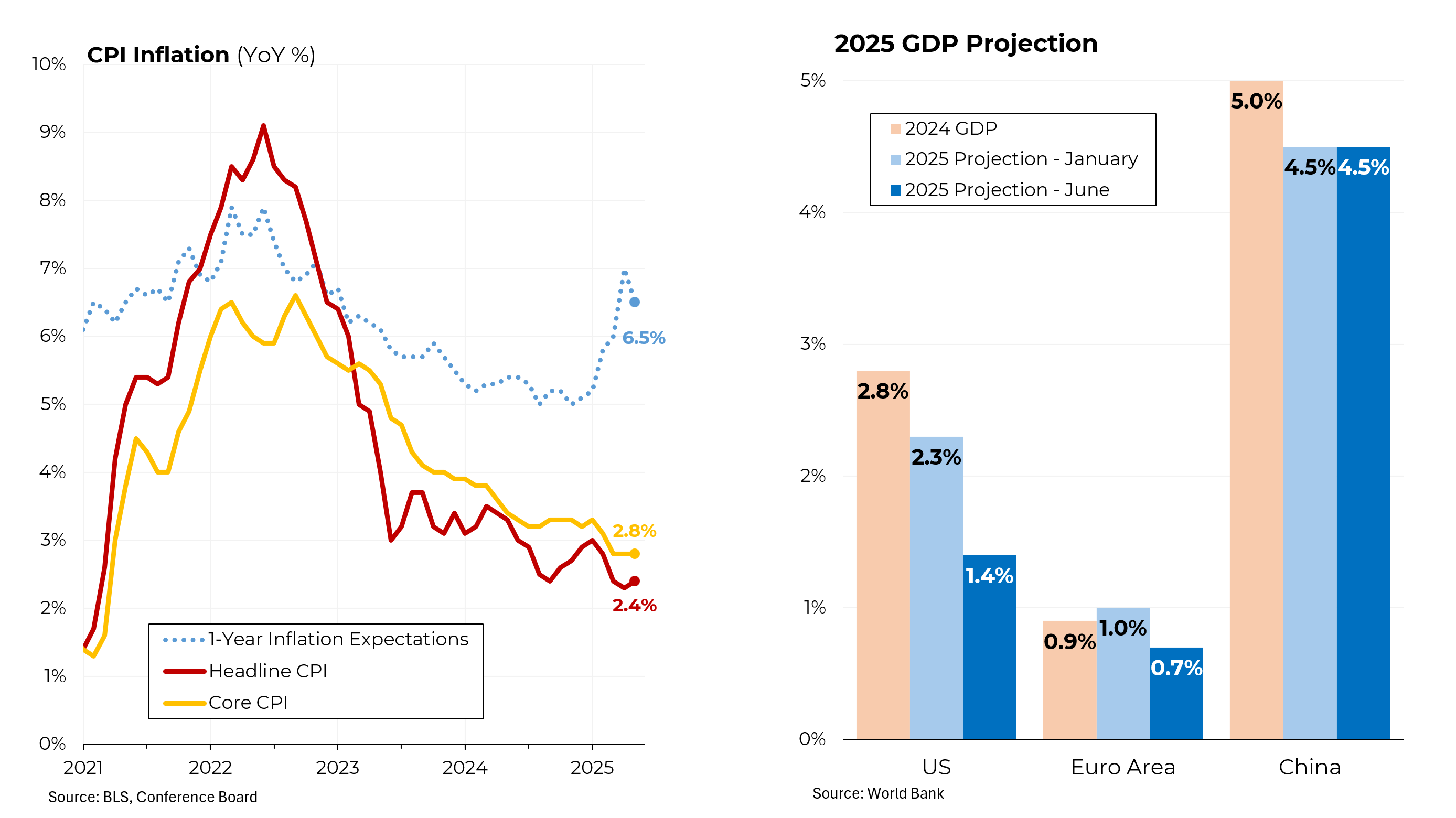When President Biden appears before Congress tomorrow night to deliver his State of the Union address, he will no doubt tout the economic accomplishments of his administration, which are substantial. Taking office in the midst of a pandemic, Biden has presided over a surprisingly robust economic recovery that continues to power forward.

Let’s start with jobs. Over the past three years, the country has gained an average of 410,000 jobs a month; even if jobs added as part of the Covid recovery are excluded, monthly job increases still averaged 289,000 a month. That’s more than the average number of jobs added by any president in history. Indeed, the economy has not lost jobs in any month since Biden took office. Concurrently, the unemployment rate, which was 6.4% when Biden took office, is now 3.7%. Its 24 consecutive months below 4% is the longest such stretch since the late 1960s. (And when new figures are released on Friday, the economy is expected to have added another 200,000 jobs.)
That has been matched by a similarly strong record of economic growth. The gross domestic product, after adjusting for inflation, rose by 8.6% in the first three years of Biden’s term. That’s more than under any president since Bill Clinton. Under Donald Trump, the economy expanded by just 6.5% in his first three years.

Yes, inflation was high in the early years of the Biden tenure as the economy came roaring back from its Covid-induced downturn. But the rate of price increases has subsided remarkably quickly, faster than most economists expected. Over the past year, the consumer price index rose by 3.1%, not much more than under three of the past four presidents. A consensus of economists expect the inflation rate to be down to 2.7% by the end of this year.
Even after adjusting for recent inflation, most workers are better off than they were three years ago, with real wages up by 2.9%. Remarkably, the income inequality that was a feature of the American economy for most of the past three decades narrowed a bit. Real wages for those in the bottom quartile rose by 6.3% while those at the top saw their inflation-adjusted earnings barely increase.

The continued strong economic performance, combined with easing inflation, has caused some consumer sentiment measures to improve. Starting in the middle of 2022, one of the most watched surveys, done by the University of Michigan, began to turn upward. Interestingly, Republicans, while consistently expressing more negativity about the economy than Democrats, began to feel better. Now, positive sentiment across all Americans is back to where it was when Biden took office.
For the most part, that has not translated into stronger public opinion polls regarding Biden’s handling of the economy. That has been puzzling to many commentators and political experts. The explanation may well be a lag effect. Over the last five months, Biden’s approval rating for his handling of the economy has risen to 47% from just 40% in October.





